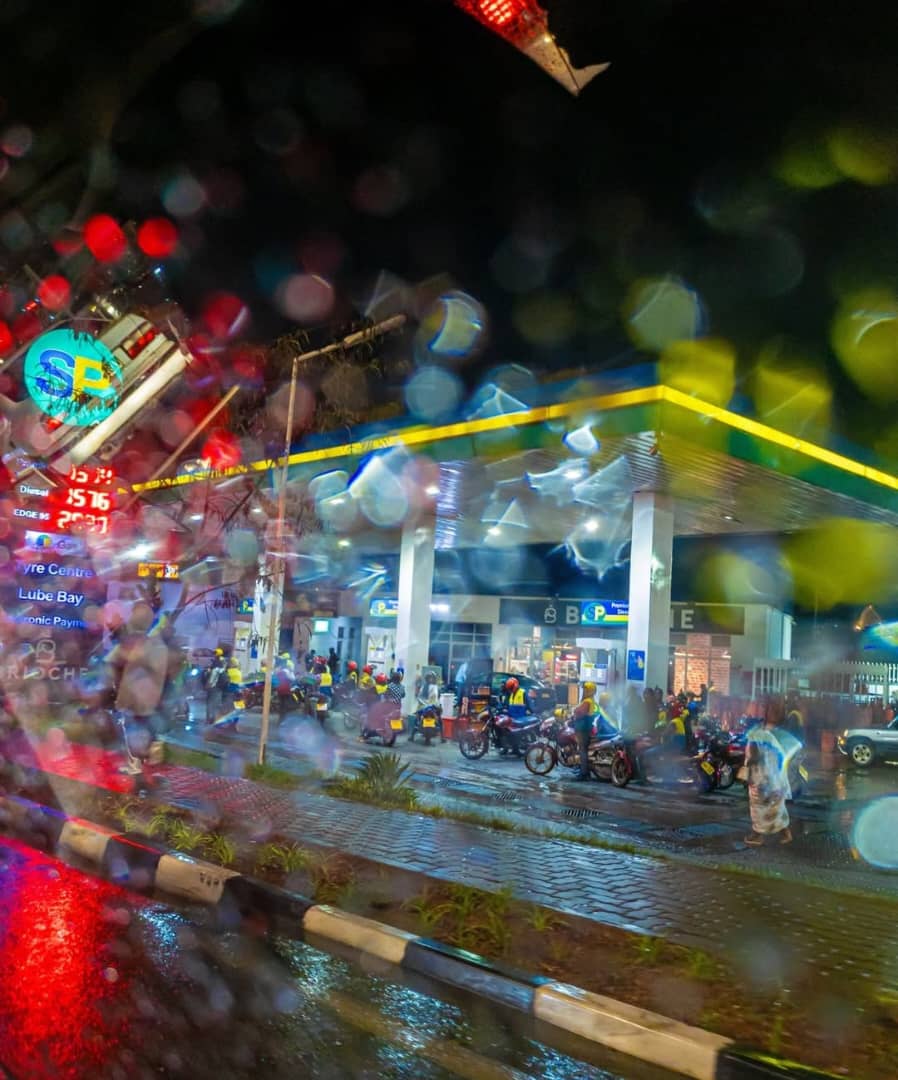For many residents of Kigali, the arrival of rain means more than wet clothes and muddy streets; it often means higher transport costs. On rainy days, motorcycle taxi (moto) fares can double or even triple, turning a simple commute into a stressful and expensive ordeal.
“When it rains, some motor riders charge double or even more. From Kicukiro to Town, a ride that usually costs 1,000 RWF can go up to 2,000 or even 2,500 RWF. We don’t have much choice but to pay,” says Aline, a daily commuter who works in downtown Kigali.
A pricey ride in the rain
Commuting in Kigali is already challenging, especially during rush hours. But when the rain starts pouring, the situation worsens. Buses become overcrowded, roads flood easily, and motos, which are usually the fastest and most convenient mode of transport, become the most sought-after.
Under normal conditions, a trip from Kicukiro to the city center costs about 1,000 RWF. However, during heavy downpours, riders often charge between 2,000 and 2,500 RWF, citing slippery roads, reduced visibility, and increased travel time as reasons for the fare hike.
According to a 2024 survey by the Rwanda Utilities Regulatory Authority (RURA), moto fares in Kigali fluctuate by 30 to 60 percent during rainy hours, despite official tariff guidelines that recommend uniform pricing. The survey also found that 82 percent of daily commuters rely on motos at least twice a day, making these fare surges a recurring burden for low- and middle-income residents.
Safety versus cost
For many commuters, rainy-day fare hikes are not just an economic issue; they are also a safety concern. Riders must navigate slippery roads and poor visibility, increasing the risk of accidents.
“When it rains, we ride slower to avoid accidents,” says Jean Bosco, a moto rider in Remera. “But that means we can carry fewer passengers per hour, and our rain gear is expensive. The higher fare helps cover that risk.”
Still, passengers argue that the sharp increases are unfair, especially when there is no clear regulatory mechanism to control prices in bad weather.
To manage the unpredictability, commuters have developed coping strategies. Some carry extra cash in case of sudden surcharges, while others delay their travel until the rain eases. A few even share motos with friends to split the fare.
“You learn to plan your day around the rain,” says Patrick, a university student in Gikondo. “If you are not prepared, you might end up spending the money you planned for lunch or data bundles.”
The rainy season in Kigali, which typically runs from March to May and September to December, exposes a deeper tension between fair pricing, road safety, and livelihoods. For moto riders, rain means risk but also opportunity. For passengers, it is a reminder of the fragile balance between affordability and convenience.




